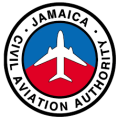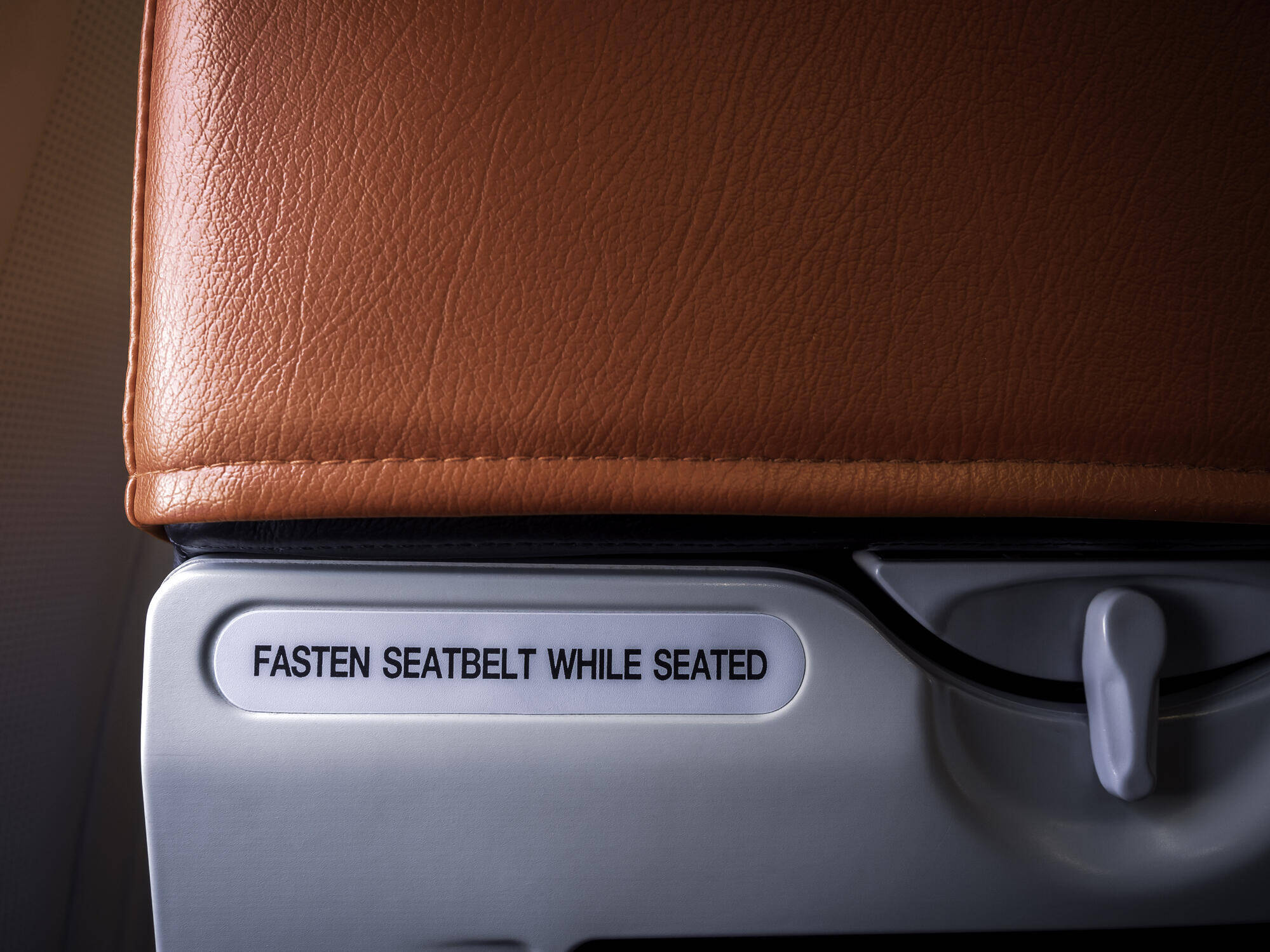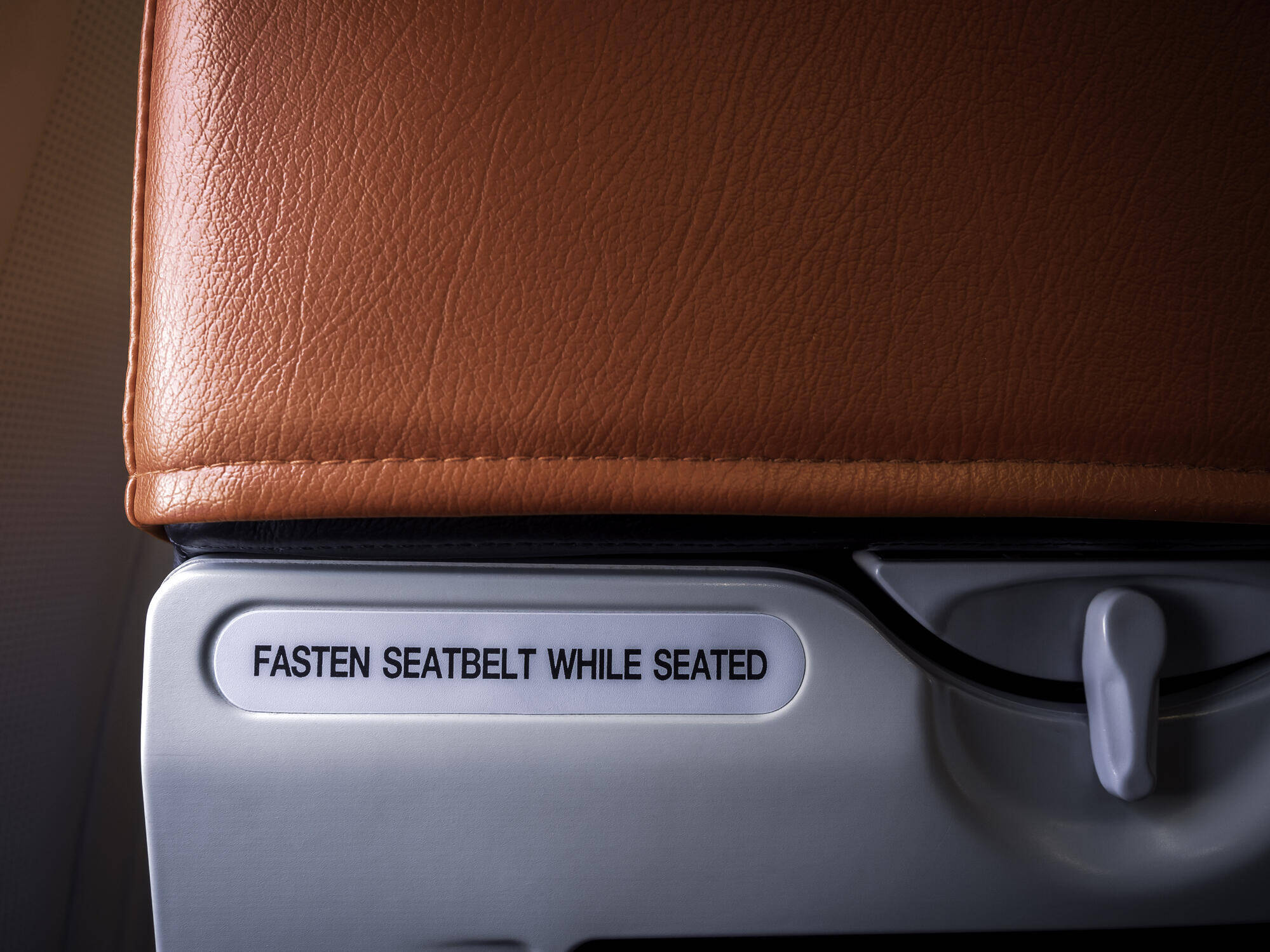

Safety
A safety management system underpins the industry’s efforts to continuously improve risk mitigation.






Nicoli Gabbidon, Director, Safety and Compliance, Jamaica Civil Aviation Authority
Think of SMS like a well-trained air traffic controller for risk, constantly scanning for hazards, ensuring safe separation and making the right calls before trouble starts brewing,” says Nicoli Gabbidon, Director, Safety and Compliance, Jamaica Civil Aviation Authority. “But an SMS isn’t just a box to tick. It brings real, tangible benefits.”
Safety Management Systems (SMS) are a proactive way of managing risk, including the identification of safety issues, risk assessments and risk mitigation. In short, SMS are the backbone of a safer operation.





Operational and Financial Efficiency: Safety can save money because there are fewer disruptions, fewer incidents, and lower insurance premiums.
Just Culture and Reporting Confidence: A safety system relies on employees speaking up when necessary. An SMS creates an environment where people report issues without fear of retribution.
Data-Driven Decision Making: Early warning systems, trend analysis and risk prediction help an organisation stay ahead. Safety decisions are based on data.
Proactive Risk Management: Handling issues before they become a problem.
Gabbidon lists four main benefits:




Integrating the SMS with a Quality Management System (QMS) is also vital. Safety and quality sit comfortably together and both are essential to operational efficiency. Customisation is essential, however. One size doesn’t fit all. “The SMS needs to match the complexity of the ANSP, its traffic volume and operational environment,” notes Gabbidon.
Nevertheless, industry-wide standardisation and a level playing field is key. Every ANSP, airline, and service provider should be operating at the same high SMS standard.
Organisations should also embrace data analytics. An SMS enables data-driven decision making, including predictive analytics, trend monitoring, and real-time risk assessment. “But data means nothing without action,” Gabbidon warns. “A hazard log full of ignored risks is just a very expensive way to document future failures.”
SMS implementation is not easy, however, and Gabbidon suggests that if it were an airspace, “it’d have more turbulence than a tropical jet stream.”
The lessons learned from the work done by the Jamaican civil aviation authority are numerous. Primary among these is the need for leadership commitment, which Gabbidon describes as non-negotiable. If leadership treats SMS as paperwork, that attitude could trickle down. Leaders should champion safety and not just sign off on reports.
“If leadership isn’t genuinely invested, SMS implementation is about as effective as a chocolate teapot,” Gabbidon notes.

The Pathway to Participation is supporting SMS implementation and assessment through the CANSO Standard of Excellence (SOE).
The document is a practical tool designed to help ANSPs evaluate, refine and strengthen their SMS before committing to the SOE assessment. This builds confidence and helps ANSPs identify strengths, uncover weak spots and prepare for full participation in the SOE assessment.
Gabbidon calls for more air navigation service providers (ANSPs) to get involved. “Expanding participation in the SOE assessment means raising the global standard for ATM safety,” she says. “When more ANSPs engage, we move beyond compliance and start embedding real, lasting safety improvements into operations. The Pathway to Participation is the first step toward making that a reality.”
The approach means an SMS becomes less about checklists and more about demonstrable safety impact. ANSPs implementing SMS for the first time need clear, practical guidance and the document provides that, laying a strong foundation for safety success rather than just ensuring compliance with safety standards.
Moreover, it isn’t a static document but one that will evolve alongside new risks and technologies. This makes the collaborative aspect of the work especially crucial so that such advances are widely disseminated.



Close


“An SMS is aviation’s seatbelt,” Gabbidon concludes. “You can technically operate without one but why would you take that risk? The CANSO SOE in SMS Assessment is our industry’s chance to benchmark, improve and commit to real safety enhancements.
“The future of SMS isn’t about more policies, thicker manuals or longer audits,” she adds. “It’s about integration, innovation and making safety a natural part of how we operate. Let’s keep pushing forward. Because in aviation, good enough is never good enough.”

Nicoli Gabbidon, Director, Safety and Compliance, Jamaica Civil Aviation Authority

An SMS is only as good as its implementation, so making a difference to future efforts is crucial. Alongside the Pathway to Participation, Gabbidon advises embedding the SMS into business decisions. Otherwise, the danger is it becomes a compliance tool, and this doesn’t receive the attention or funding it deserves. It needs to be embedded into business decisions.
There is also a need for stronger regulatory support beyond mere auditing. Regulators should be partners in SMS maturity, helping ANSPs improve rather than just ticking boxes.

Safety

A safety management system underpins the industry’s efforts to continuously improve risk mitigation.





Think of SMS like a well-trained air traffic controller for risk, constantly scanning for hazards, ensuring safe separation and making the right calls before trouble starts brewing,” says Nicoli Gabbidon, Director, Safety and Compliance, Jamaica Civil Aviation Authority. “But an SMS isn’t just a box to tick. It brings real, tangible benefits.”
Nicoli Gabbidon, Director, Safety and Compliance, Jamaica Civil Aviation Authority

Safety Management Systems (SMS) are a proactive way of managing risk, including the identification of safety issues, risk assessments and risk mitigation. In short, SMS are the backbone of a safer operation.

Operational and Financial Efficiency: Safety can save money because there are fewer disruptions, fewer incidents, and lower insurance premiums.

Just Culture and Reporting Confidence: A safety system relies on employees speaking up when necessary. An SMS creates an environment where people report issues without fear of retribution.

Data-Driven Decision Making: Early warning systems, trend analysis and risk prediction help an organisation stay ahead. Safety decisions are based on data.


Proactive Risk Management: Handling issues before they become a problem.
Gabbidon lists four main benefits:




SMS implementation is not easy, however, and Gabbidon suggests that if it were an airspace, “it’d have more turbulence than a tropical jet stream.”
The lessons learned from the work done by the Jamaican civil aviation authority are numerous. Primary among these is the need for leadership commitment, which Gabbidon describes as non-negotiable. If leadership treats SMS as paperwork, that attitude could trickle down. Leaders should champion safety and not just sign off on reports.
“If leadership isn’t genuinely invested, SMS implementation is about as effective as a chocolate teapot,” Gabbidon notes.
Integrating the SMS with a Quality Management System (QMS) is also vital. Safety and quality sit comfortably together and both are essential to operational efficiency. Customisation is essential, however. One size doesn’t fit all. “The SMS needs to match the complexity of the ANSP, its traffic volume and operational environment,” notes Gabbidon.
Nevertheless, industry-wide standardisation and a level playing field is key. Every ANSP, airline, and service provider should be operating at the same high SMS standard.
Organisations should also embrace data analytics. An SMS enables data-driven decision making, including predictive analytics, trend monitoring, and real-time risk assessment. “But data means nothing without action,” Gabbidon warns. “A hazard log full of ignored risks is just a very expensive way to document future failures.”

The Pathway to Participation is supporting SMS implementation and assessment through the CANSO Standard of Excellence (SOE).
The document is a practical tool designed to help ANSPs evaluate, refine and strengthen their SMS before committing to the SOE assessment. This builds confidence and helps ANSPs identify strengths, uncover weak spots and prepare for full participation in the SOE assessment.
Gabbidon calls for more air navigation service providers (ANSPs) to get involved. “Expanding participation in the SOE assessment means raising the global standard for ATM safety,” she says. “When more ANSPs engage, we move beyond compliance and start embedding real, lasting safety improvements into operations. The Pathway to Participation is the first step toward making that a reality.”
The approach means an SMS becomes less about checklists and more about demonstrable safety impact. ANSPs implementing SMS for the first time need clear, practical guidance and the document provides that, laying a strong foundation for safety success rather than just ensuring compliance with safety standards.
Moreover, it isn’t a static document but one that will evolve alongside new risks and technologies. This makes the collaborative aspect of the work especially crucial so that such advances are widely disseminated.





Nicoli Gabbidon, Director, Safety and Compliance, Jamaica Civil Aviation Authority
An SMS is only as good as its implementation, so making a difference to future efforts is crucial. Alongside the Pathway to Participation, Gabbidon advises embedding the SMS into business decisions. Otherwise, the danger is it becomes a compliance tool, and this doesn’t receive the attention or funding it deserves. It needs to be embedded into business decisions.
There is also a need for stronger regulatory support beyond mere auditing. Regulators should be partners in SMS maturity, helping ANSPs improve rather than just ticking boxes.
“An SMS is aviation’s seatbelt,” Gabbidon concludes. “You can technically operate without one but why would you take that risk? The CANSO SOE in SMS Assessment is our industry’s chance to benchmark, improve and commit to real safety enhancements.
“The future of SMS isn’t about more policies, thicker manuals or longer audits,” she adds. “It’s about integration, innovation and making safety a natural part of how we operate. Let’s keep pushing forward. Because in aviation, good enough is never good enough.”